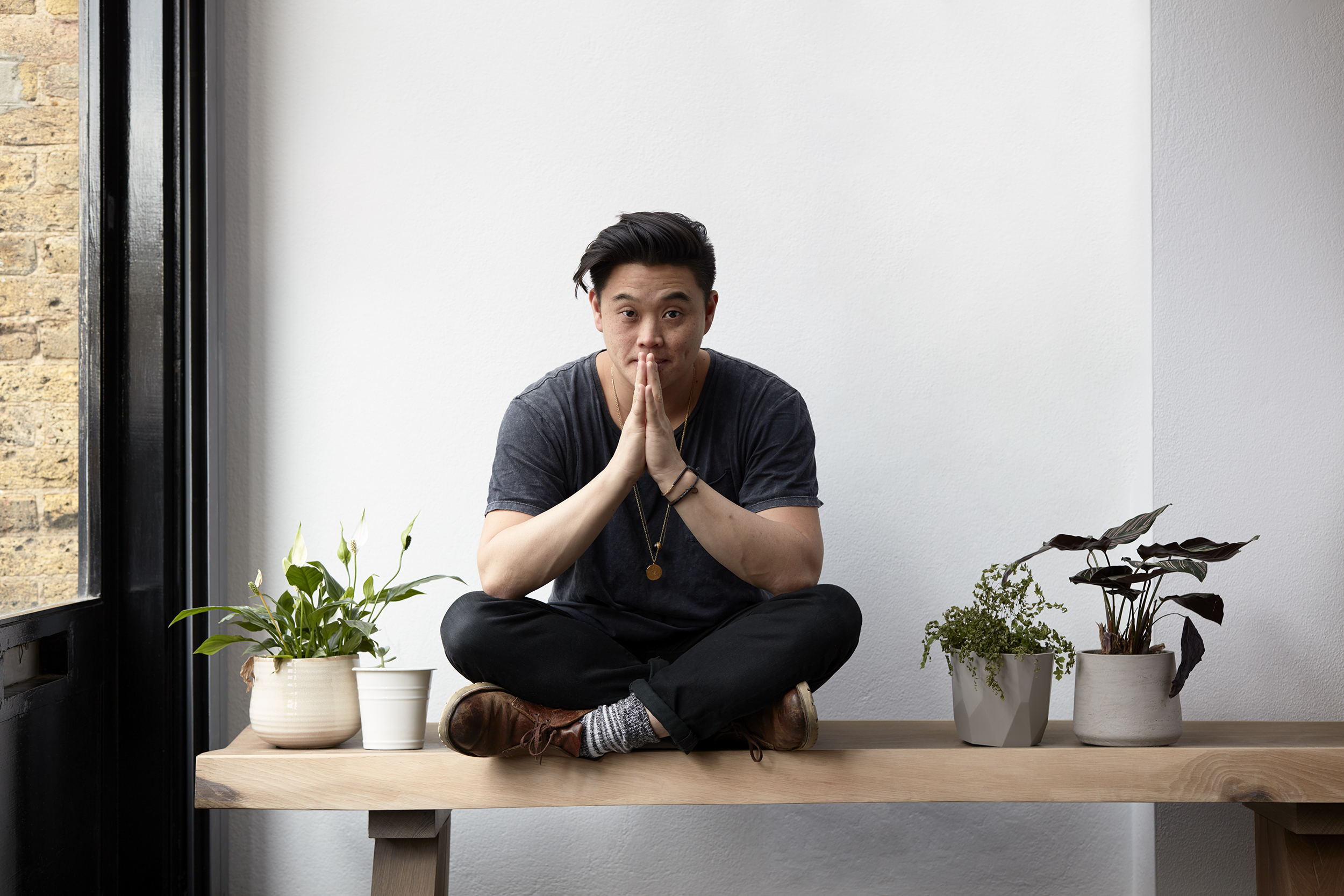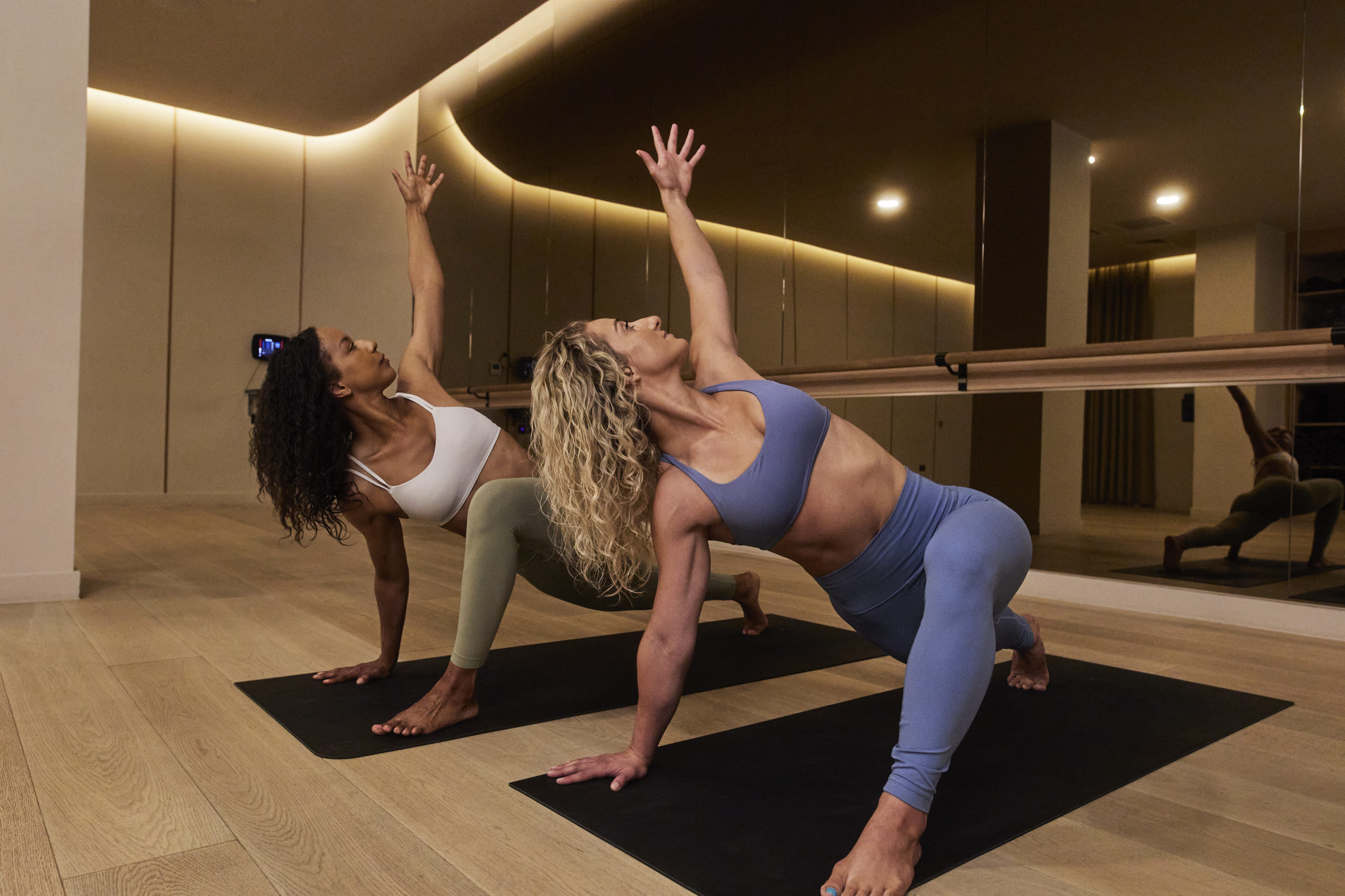- Linkedin Share
- Twitter Tweet
- Email Share
- Copy link Copy link Copied to clipboard
When speaking about breath work and mindful practices it’s easy to think of these things as extra’s or add on’s to your day-to-day fitness or alternative to your core wellbeing routines, but the truth is that they are anything but extra and should be seen as the essential practice for modern wellbeing. As a teacher of both breath work and mindful practices like meditation and other quiet techniques, I’d like to share a little insight into the value and essential nature of these practices.
For those that are newer to breath work or are yet to try, it is a simple practice of shifting, changing, holding or restraining the breath in different rhythms or patterns in order to create a certain effect or feeling. There are some techniques, like box breathing, for example, that is about cultivating a sense of calm and evenness in your breath, and in doing so, helps to appease and calm anxiousness and worry.
On other occasions, there are breath work practices that are enlivening and uplifting, one’s that can give you a sense of energy and excitement. The breath itself is extremely powerful, but even more, it’s how we use it is where the power truly comes alive. If you’re dedicated to your wellbeing, then start with the breath and start with a mindful practice, because these are the foundations for any other activities you do next.
Think about when you’re in a spin class, often the first thing to fatigue is the breath, unless we are conscious of our breathing. How many times have we heard ‘in through the nose, out through the mouth’. This is breath work! You just may have been thinking about it as something different. Think about when you’re in the gym, you breath all the way out before you engage your lifts, or you try to regulate the breath as your pace yourself on the treadmill, this is breathwork, you’re just thinking about it as something else!
And so for me, as a teacher and advocate of these practices, it’s about giving ourselves the time to learn and the attention for our breath to be harnessed, and you may just unleash a new sense of empowerment in your life, practices and daily wellbeing.
Here are a few techniques to learn and try,
Box Breathing
This breath mimics it’s name, your breathe pattern, and hold pattern, is like a box. Your inhales, pause at the top, exhale, pause at the bottom all are even. This is a great technique for calming, slowing down and giving you a sense of groundedness,
– Start by emptying the breath completely
– Then begin by inhaling fully to the count of 4
– At the top of the breath, pause and hold the breath, nothing more coming in or going out. Hold this for the count of 4.
– At the end of the count, exhale slowly to the count of four, keeping the flow even throughout the full exhale
– At the bottom, when the breath is empty, pause and hold for the count of four
– And then repeat
Clearing Exhale
This breath creates heat, excitement, clears staleness and cultivate energy. The focus of the breath is on rapid and rhythmic exhales to force the air out of your body like a cleaning wind.
– Start by emptying the breath completely
– Take a full inhale in keeping the mouth closed
– When ready, exhale sharply and feel the stomach pull in and up
– Inhale quickly to fill up, and then repeat.
– Do this quickly and rapidly, one breath per second for a round of 30 breaths before you rest.
– After a few natural breaths, repeat the 30 round around. Do this again until you complete 3-5 rounds.
To find out more, visit www.justbreatheproject.com or follow @justbreathe

